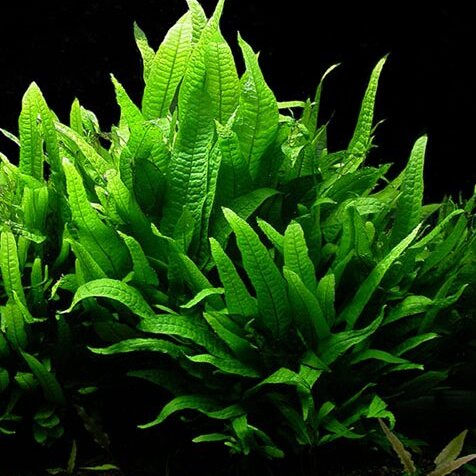Epiphytic or lithophytic ferns, occasionally terrestrial. Rhizome long-or short-creeping, scaly; scales clathrate, at least in the centre. Stipes articulated to short stalks (phyllopodia) borne at intervals along the rhizome. Lamina simple and entire, variously lobed or deeply 1-pinnatifid; veinlets running in all directions and ending in hydathodes. Sori rounded or somewhat elongated, superficial or impressed into the lamina, arranged in ± regular rows or scattered over the surface. Spores smooth or tuberculate. [This description of Microsorum from the Flora of Australia Volume 48 by Bostock & Spokes (1998) requires revision to exclude elements of, and/or differentiate from Dendroconche and Zealandia, genera now recognised by the Australian Plant Census, accessed June 2022-Editor.]
Plants medium-sized, mainly epiphytic or epilithic, rarely terrestrial. Rhizome thick, fleshy, white waxy or not, creeping, with peltate or pseudopeltate clathrate or subclathrate scales. Fronds dimorphic or not, simple or pinnatifid; lamina leathery or herbaceous, veinlets anastomosing, free included veinlets forked, ending in hydathode. Sori scattered and sometimes forming 2-8 irregular rows between veins, often some connate, elongate on veinlets, without scalelike paraphyses. Spores verrucate or irregularly rugate.

